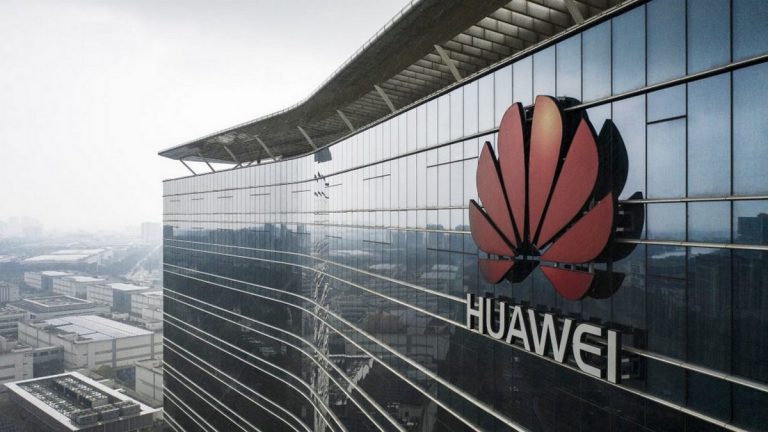
SOURCE: THE PRINT
India’s decision to secure telecom infrastructure by designating a “trusted source” for the purchase of equipment by service providers, is the first big step by the Narendra Modi government that could end up hurting China deeply, since the military stand-off began in Ladakh in May.
The ban of over 200 Chinese apps by the government over the past few months was just superficial, to say the least. But with this new step, China faces the heat because the National Security Directive on the Telecommunication Sector has been framed keeping in mind the changed scenario.
Earlier in August, I had argued that it was time for India to escalate the costs for the neighbour and hit China where it will be hurt the most — economy.
Experts point out that while the Modi government has been careful in not mentioning China in its new telecom policy, everyone is aware who this is directed at – Huawei and ZTE among other Chinese companies.
One will have to wait and watch though whether the government will really walk the talk and not list Chinese firms as “trusted source”.
However, the new move is in line with what a top government source had told me recently that the government will be “firm” with China in all sectors and not just the defence.
There is an increasing realisation in the government that the Chinese move in Ladakh early May, which has led to multiple incursions into the Indian side, is an attempt by President Xi Jinping to establish China and himself as a global power and to put down Prime Minister Narendra Modi.
But then so was the 1962 War when China’s politico-strategic aim was to ‘teach India a lesson’, and put then Prime Minister Jawaharlal Nehru on the mat.
Modi invested in ties with China
Since his days as the CM of Gujarat, Modi has invested in nurturing the relationship with China. He has met with Xi Jinping 18 times since becoming prime minister in 2014.
Of course, these include one-on-one meetings in each other’s countries and on the sidelines of the multilateral summits. But then, as The Indian Express report points out, Modi has visited China five times as the PM, the most by any Indian PM in the last 70 years.
So while the bonhomie continued, the Doklam stand-off of 2017 showed to the Chinese that India could mean business when it decides to. No matter what political spectrum a person might belong to, he/she will agree that India standing up against China in Bhutan was unexpected.
Modi undoing what he did
The National Security Directive on Telecommunication Sector can actually be seen as Modi undoing what he has done since 2015 vis-a-vis China.
Two months after Modi’s three-day state visit to China in 2015, a proposal from Huawei pending for about two years was approved, giving the Chinese firm security clearance to set up a manufacturing unit in India.
The Forbes report said that the “trip ultimately yielded over $22 billion in business-tie agreements, including one in which India’s Bharti Airtel signed with China Development Bank for the financing of telecom equipment from Huawei and ZTE”.
Despite the Doklam stand-off, India continued to welcome Huawei into the 5G race, notwithstanding pressure from the US.
Such was the confidence of the Chinese firm that in September 2019, a top Huawei official said that a decision on its 5G infrastructure will be taken when Modi and Xi meet in October.
And in December, Modi’s government decided to allow Huawei Technologies to take part in the 5G trials in India.
Incidentally, every single security agency raised multiple concerns over Chinese inclusion in 5G.
And as I reported in January this year, the Defence Services too had red-flagged the possibility of Chinese 5G services being introduced in the country, saying there is a huge security risk and that such services could compromise the entire command and communication structure of the Indian military.
But the back-stabbing by the Chinese in Ladakh changed the entire dynamics at play.
There is no doubt that India should be firm in handling China. But at the same time, it must also be careful. While India slowly edges out China in the telecom sphere or at least puts it into a corner, it should remember that shifting to non-Chinese firms will also have huge cost implications.
As lawyer Poornima Advani recently argued, “building local technical capabilities is not an easy task as India faces challenges in not only the hardware sector but also has relatively weak network construction capabilities compared to China”.






